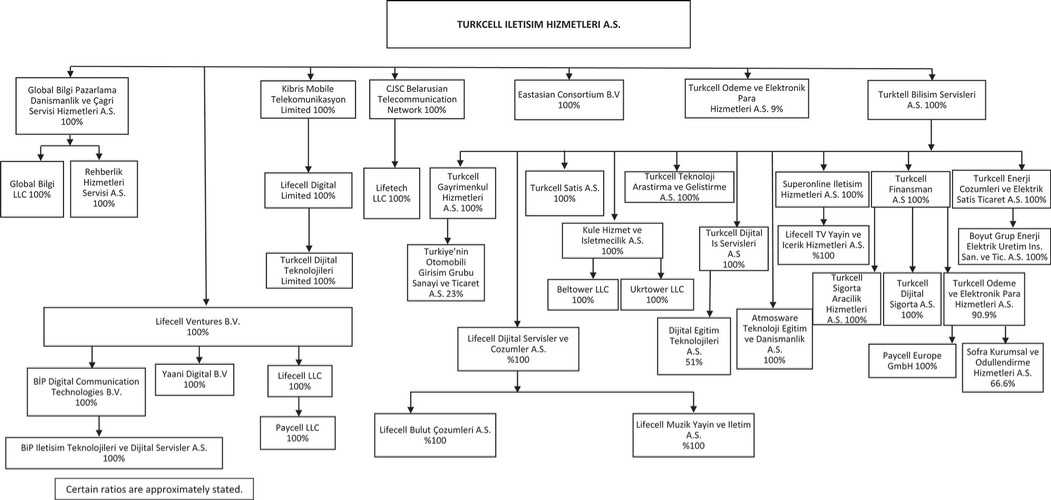28.Loans and borrowings (continued)
The Company has used loans in accordance with the loan agreement previously signed with ING Bank N.V. and AB Svensk Export kredit under the Swedish Export Credit Organization (“EKN”) insurance on 18 December 2020. Under this agreement as of 31 December 2023, the Company has used loans of USD 4,819, USD 25,889 and USD 9,110 on 24 February 2023, 22 May 2023, and 7 September 2023, respectively, at a fixed annual interest rate of 1.53%.
The Company has used loans in accordance with the loan agreement previously signed with China Development Bank on August 7, 2020, and extended on August 7, 2023. As of December 31, 2023, under this agreement, the Company has used EUR 28,900, EUR 36,603, EUR 26,854, and EUR 40,675 loans on February 8, 2023, May 29, 2023, June 21, 2023, October 25, 2023, respectively, with an interest rate of 6M Euribor+2.29%, and CNY 42,073, CNY 47,600, and CNY 36,000 loans on September 6, 2023, November 28, 2023 and December 27, 2023, respectively, with an annual interest rate of 5.15%. As of 31 December 2023, the outstanding credit limit is EUR 102,000.
The Company obtained approval from the Capital Markets Board of Türkiye (the CMB) on 28 April 2023 for issuance of debt securities up to TL 8,000,000. The Company has issued debt securities on 8 May 2023, 1 August 2023, 9 August 2023, and 11 August 2023, respectively, amounting TL 330,000, TL 500,000, TL 530,000 and TL 700,000 with the maturity of 9 August 2023, 31 January 2024, 8 February 2024, and 9 February 2024. As of 31 December 2023, the outstanding credit limit is TL 5,939,680.
The Company has used a loan in accordance with the loan agreement with the Bank of China (“BOC”) on August 11, 2023. As of December 31, 2023, under this agreement, the Company has used EUR 9,838, EUR 7,550, and EUR 6,498 loans on August 25, 2023, October 27, 2023, and December 21, 2023, respectively, with an interest rate of 3M Euribor+2.50%. As of 31 December 2023, the outstanding credit limit is EUR 6,100.
Turkcell Ödeme has issued sukuk, each with a maturity of between 3 and 4 months, for a total amount of TL 1,680,000 on various dates between February 2023 and December 2023. As of 31 December 2023, the outstanding credit limit is TL 500,000.
Turkcell Superonline obtained approval from the CMB on 25 August 2022, for the issuance of sukuk up to TL 1,000,000, in addition to the TL 400,000 issued in 2022, through Halk Varlık Kiralama. On various dates between January 2023 to May 2023, a total of TL 600,000 worth of sukuk were issued, each with a maturity of 3 months. All of these issued sukuk have been repaid as of 30 September 2023.
In addition, Turkcell Superonline obtained approval from the CMB on 21 June 2023, for the issuance of sukuk up to TL 1,000,000. Within the scope of the said approval, a total of TL 1,000,000 worth of sukuk, each with a maturity of 3 to 4 months, were issued through Halk Varlık Kiralama on various dates between July 2023 to December 2023. Finally, on 21 December 2023, Turkcell Superonline obtained approval from the CMB, for the issuance of sukuk up to TL 3,000,000. Sukuk has to be issued within a year, otherwise it will expire. As of 31 December 2023, the outstanding credit limit is for this approved transaction is TL 3,000,000.
Turkcell Finansman A.S issued a total of TL 925,000 corporate bonds, with maturities between 91 and 182 days on various dates between March and December. As of 31 December 2023, TL 825,000 issuance limit remained from the TL 1,000,000 limit in December.
